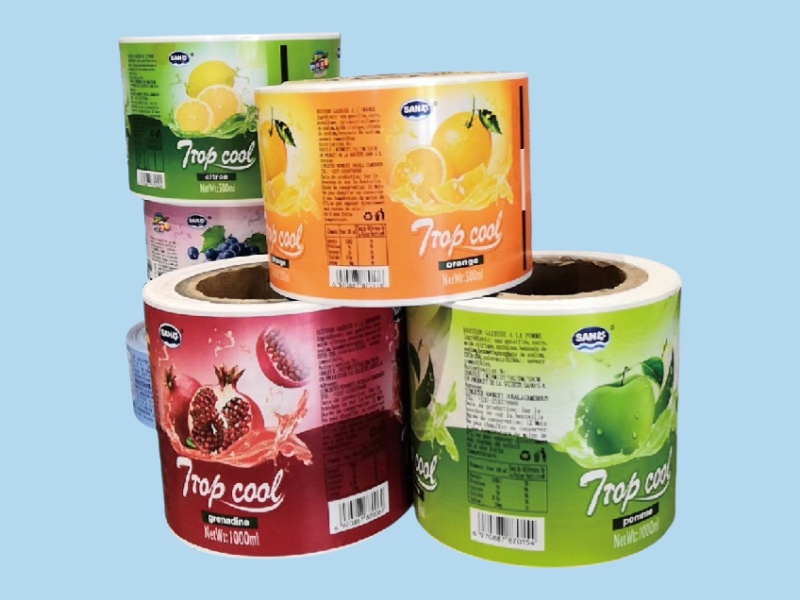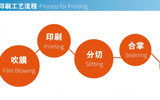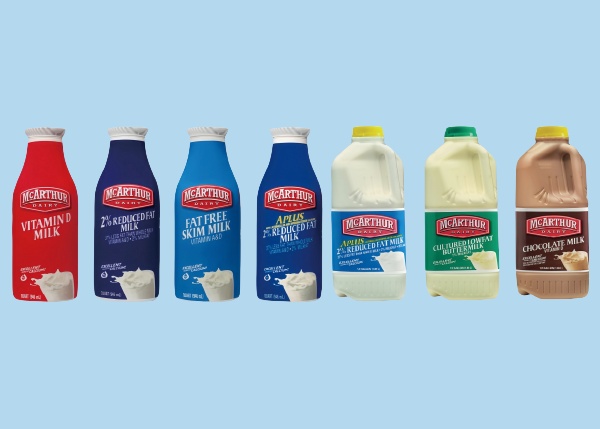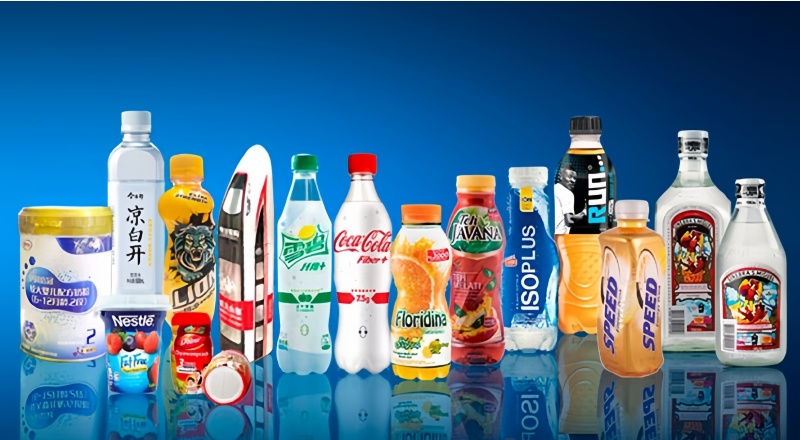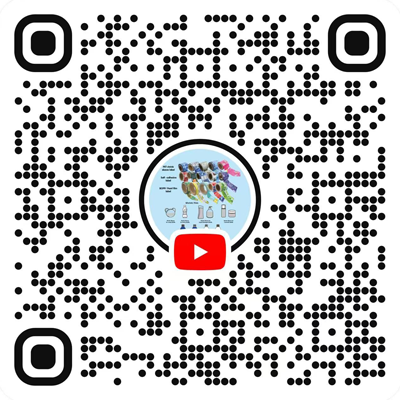Shrink sleeves are more suitable for scenarios that require full coverage decoration, fit irregular containers, or need high durability, while self-adhesive labels are more appropriate for partial information display, small batch requirements, or low-cost labeling scenarios. The core differences in their application scenarios stem from the differences in coverage, adaptability, and cost.
I. Core Application Scenarios of Shrink Sleeves
The advantages of shrink sleeves lie in "full coverage" and "strong adaptability", and are therefore mainly used in areas where packaging is needed to enhance brand recognition or solve the problem of labeling irregular containers.
Products requiring 360° decoration
Typical fields: beverages (mineral water, juice, beer), high-end cosmetics (essence bottles, lotion bottles).
Reason: They can achieve full-body printing, display complex patterns, gradient colors or brand stories, have strong visual impact, and are more likely to attract consumers on the shelves. For example, the festival-limited packaging of beer bottles and the artistic illustration bottle bodies of cosmetics all rely on the full coverage effect of shrink sleeves.
Irregular / curved containers
Typical fields: irregular beverage bottles (such as curved bottles, polyhedral bottles), condiment jars (such as irregular sauce bottles), personal care products (such as squeeze hand sanitizer bottles).
Reason: Traditional self-adhesive labels tend to curl at the edges and do not adhere evenly on irregular surfaces, while shrink sleeves can closely fit the curved surfaces and grooves of containers, even covering the junction between the bottle cap and the bottle body, ensuring the integrity of the packaging.
High durability requirement scenarios
Typical fields: medicines (oral liquid bottles, ointment tubes), outdoor products (such as sports drink bottles), kitchen products (such as cooking oil drums, dishwashing liquid bottles).
Reason: The printed content is on the inner side of the film, which can resist friction, oil stains, and water stains, and is less likely to wear or fade over long-term use; some materials can also withstand certain temperature changes, making them suitable for scenarios such as medicine storage and kitchen environments with high humidity.
Combination packaging or promotional scenarios
Typical fields: bundled multi-bottles (such as 6-pack cola), gift sets (such as skincare gift sets).
Reason: They can be used as "combination sleeves" to directly wrap multiple products, replacing traditional plastic films. They can both fix the products and print promotional information (such as "buy one get one free", "limited edition sets"), enhancing the aesthetic appeal of the packaging.
II. Core Application Scenarios of Self-Adhesive Labels
The advantages of self-adhesive labels lie in "flexibility" and "low cost", and are therefore mainly used in areas where only partial information needs to be displayed, the labeling scenarios are simple, or the budget is limited.
Partial information display requirements
Typical fields: food (snack bags, bread boxes), daily necessities (tissue boxes, side surfaces of laundry detergent bottles), stationery (notebooks, pen bodies).
Reason: Only core information (such as ingredients, prices, production dates, brand logos) needs to be displayed, without the need for full coverage. For example, the ingredient list labels on snack bags and brand stickers on notebook covers only need to be partially adhered, which is more cost-effective.
Small batch or temporary labeling requirements
Typical fields: small e-commerce products (handmade jewelry, custom merchandise), temporary promotional items (such as supermarket discounted items), sample packaging (such as cosmetic trial sets).
Reason: The production process is short (no need for tube making or shrinking), and the cost of small batch customization is much lower than that of shrink sleeves; and labeling does not require special heating equipment, and can be completed manually or with simple labeling machines, making it suitable for scenarios with low production volume and rapid iteration.
Flat surface containers
Typical fields: square packaging boxes (such as biscuit boxes, health product boxes), flat electronic products (such as mobile phone packaging boxes, earphone charging boxes), glass bottles (such as ordinary soy sauce bottles, vinegar bottles).
Reason: The container surfaces are flat and without complex curves, and self-adhesive labels can be firmly adhered without curling at the edges; and only the display surface needs to be labeled, without covering the entire container, making it more cost-effective.
Scenarios requiring variable information or easy replacement
Typical fields: logistics and express delivery (waybill labels), supermarket goods (price labels), fresh food (weight labels). Reason: It supports thermal printing and variable data printing (such as express delivery numbers and real-time weighing information), enabling quick generation of personalized content. Some removable self-adhesive labels can also be easily replaced, making it suitable for scenarios where prices and information are frequently adjusted and updated.
If your product belongs to a specific category (such as "handmade snacks" or "small cosmetic brands") and you are unsure which label to choose, I can help you organize a detailed category-specific label selection comparison table. Do you need it?




